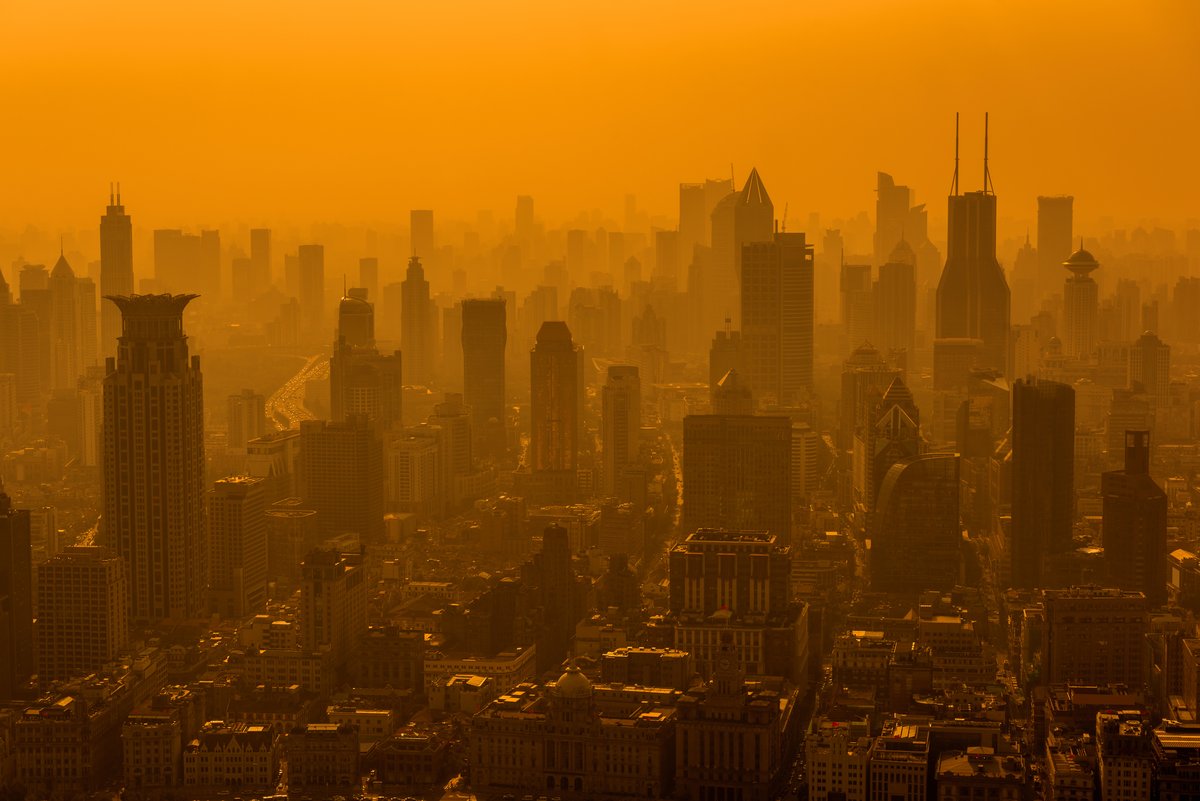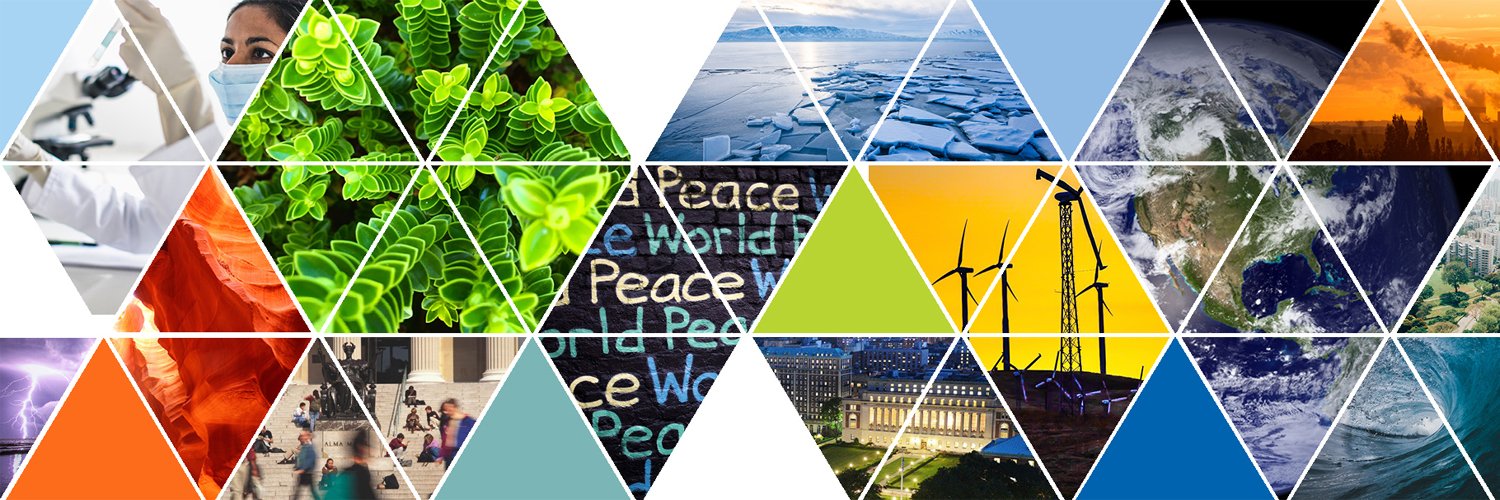
Columbia Climate School
@columbiaclimate
Developing innovative education, supporting groundbreaking research, and fostering essential solutions for climate and sustainability.
📢 Last chance to register for our summer 2025 virtual Professional Learning program led by @columbia_ncdp expert @j_devincenzo (Thursdays 5:50-8pm ET Jul 31-Sep 11). Learn to communicate climate issues with clarity and impact. ➡️ Register by Jul 24: climate.columbia.edu/content/strate…
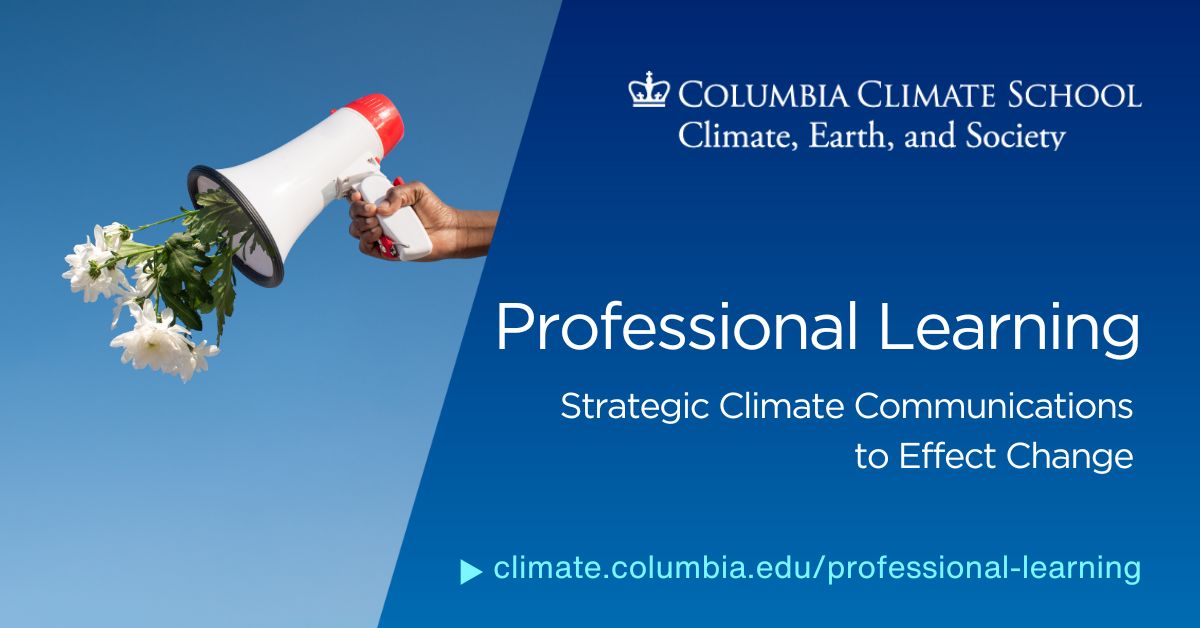
New study by @LamontEarth postdoc Collin Brandl & colleagues reveals first detailed images of newly developing subduction zone off coast of British Columbia’s Haida Gwaii archipelago, with data collected during 2021 cruise on Lamont's R/V Marcus Langseth: lamont.columbia.edu/news/seismic-s…
🌍 From @ColumbiaUEnergy & @columbiaclimate: The Climate Finance Vulnerability Index helps direct limited adaptation funds where they matter most. Developed by @gjain_nyc and @andrewnkamau, the tool compares countries' ability to access financing. energypolicy.columbia.edu/publications/c…
What are geoengineering and cloud seeding, and what are their implications for future climate mitigation strategies? @karadlamb—research scientist at Columbia University studying aerosols, cloud physics, machine learning—explains. Via State of the Planet: news.climate.columbia.edu/2025/07/17/geo…

@jeffschlegel joined @foxweather to share some easy tips on how individuals and communities can prepare before hurricanes or disasters strike. foxweather.com/watch/fmc-fuiw… @columbiaclimate #disasterpreparedness
🚢 R/V Marcus G. Langseth science officer Cody Bahlau reports from expedition MGL 2506 where researchers are using precise water sampling to investigate how microbial communities transfer energy and influence carbon cycling across the California Current: instagram.com/p/DMVrcF6tHAy
📣 Job Alert! @ColumbiaClimate seeks an exceptional leader for our Global Impact Lab, working closely with faculty, researchers, students, and partners to support the design and co-creation of high-impact climate initiatives. ➡️Learn more/apply/share: opportunities.columbia.edu/jobs/4fc32aae-…
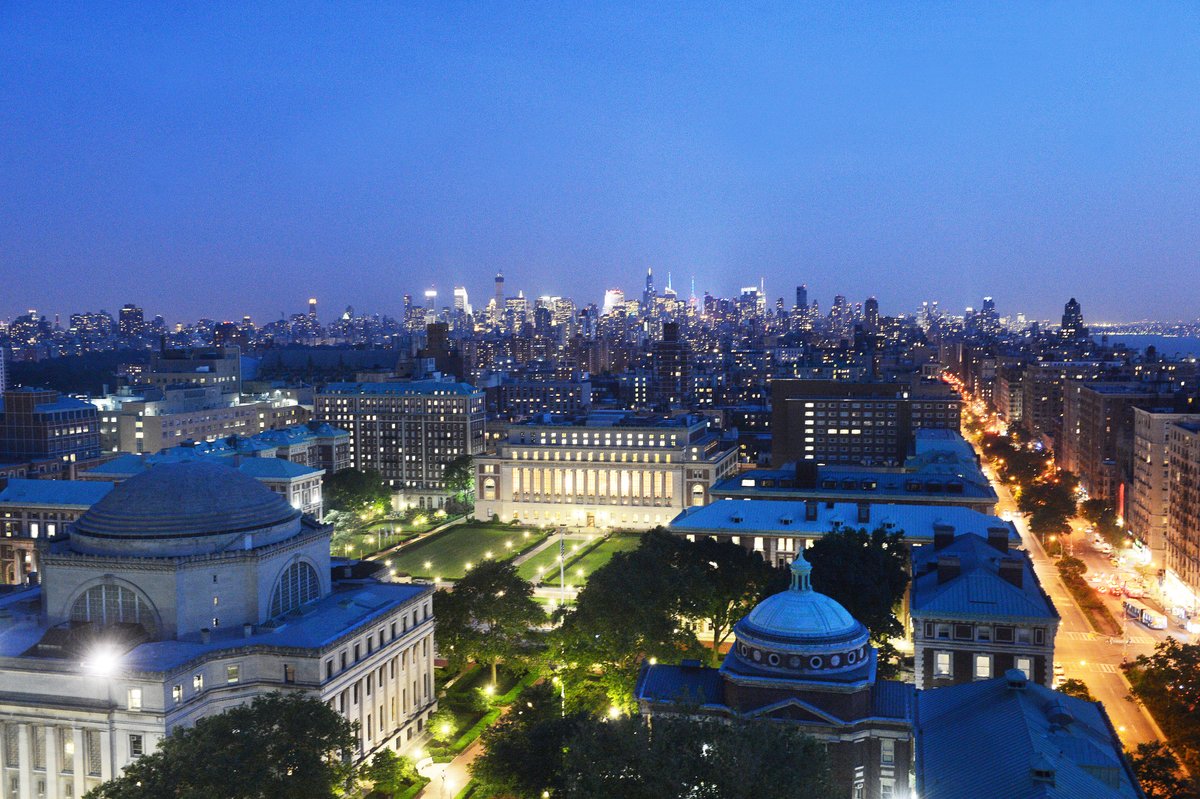
On field trip to Gowanus Canal organized by @ColumbiaMSPH's Michael Musso, @LamontEarth's Steve Chillrud, @frogg_brooklyn, @ColumbiaMPA_ESP students saw how science, policy, community action intersect to address longstanding urban environmental problems: news.climate.columbia.edu/2025/07/14/tox…
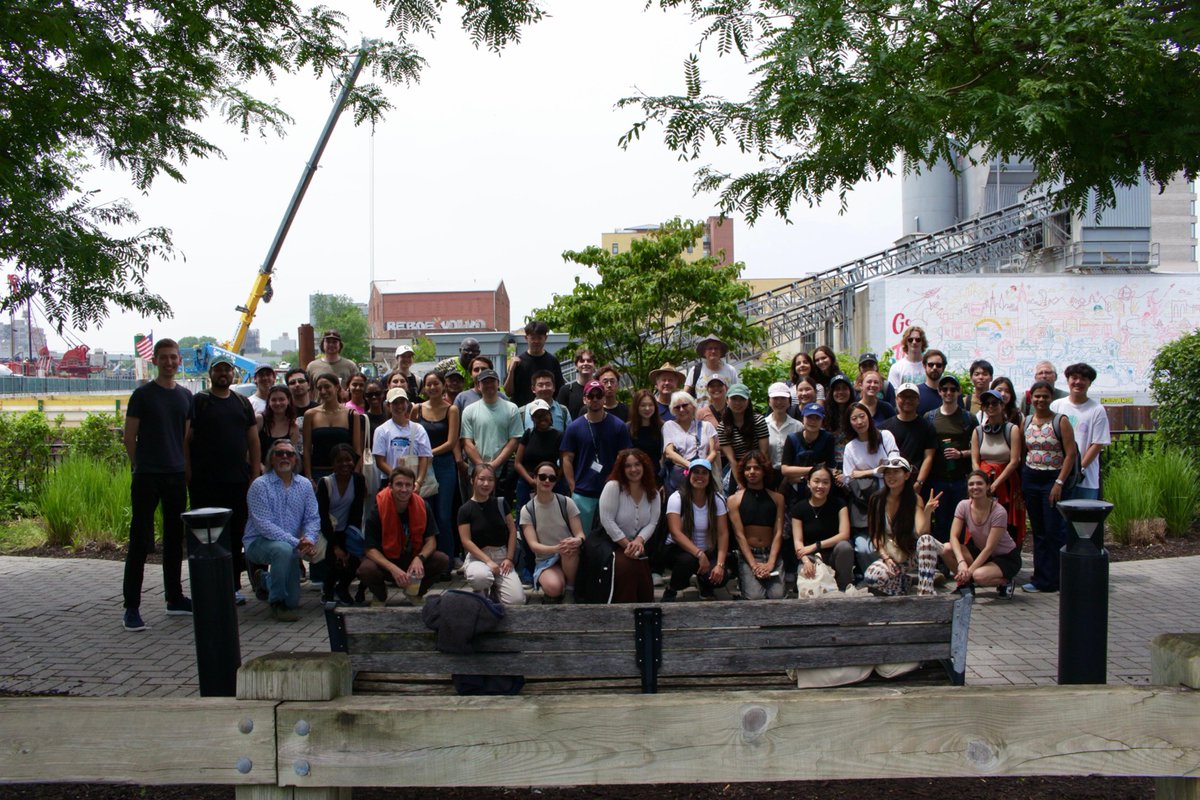
New study led by Yanan Fang of Nanjing Institute of Geology & Palaeontology and Paul Olsen of @LamontEarth shows that the Mars–Earth orbital cycle once had a 1.6-million-year cycle that coincided with major climate swings. ➡️ lamont.columbia.edu/news/chaotic-m…
💼 Do you know what a Climate Science Translator does & why they are vital? We have data about climate – now we need the know-how to use them for DRR & anticipatory action? Experts from @HarvardHHI and @ColumbiaClimate explain ➡️ ow.ly/Igjs50WpN2l #CareersInResilience
MOFP joined Food Pod for Humanity to dig in to how NYC is incorporating both planetary and public health into real-world policy. Listen now to learn about how nutrition and sustainability are baked into public meals: rss.com/podcasts/food-…
Researchers suspect that two meteorites found in Sahara Desert may be from Mercury, which would be first ID'd fragments of solar system's innermost planet. Sean Solomon, @LamontEarth geophysicist/NASA MESSENGER mission to Mercury PI, weighs in. Via @CNN. cnn.com/2025/07/14/sci…
Why are flash floods getting worse, and how can you best stay safe? Experts @jeffschlegel of @columbia_ncdp and Jason Smerdon of @columbiaclimate and @LamontEarth explain. Via @TIME. time.com/7302498/flash-…
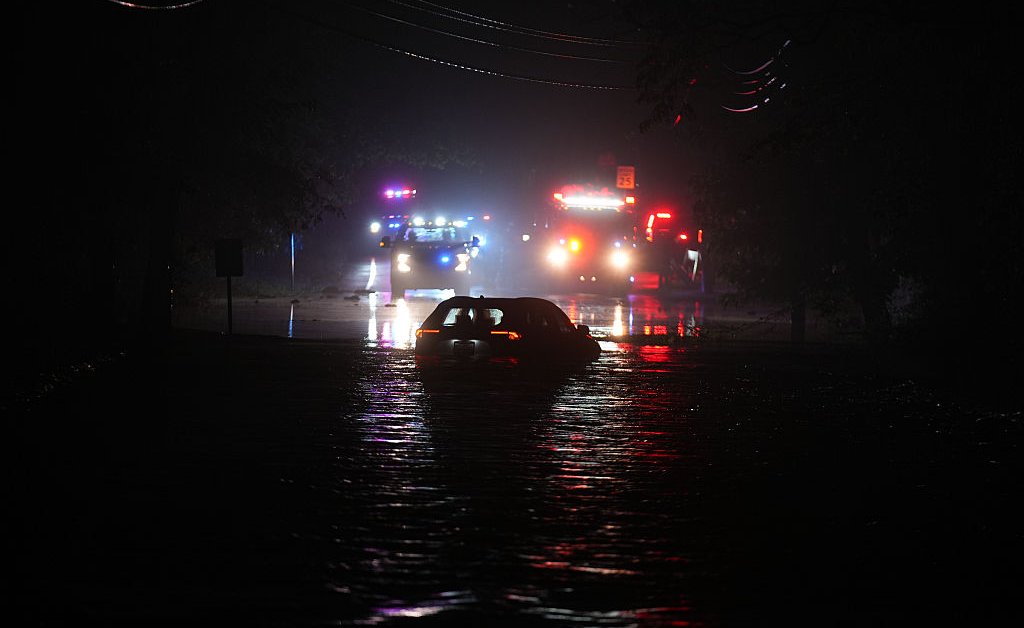
Leanne Phelps and Kristina Douglass of @columbiaclimate discuss their new study on how diverse African communities adapted to climate variability over the past 10,000 years, with novel insights into how livelihoods formed and evolved. Via @ConversationUS. theconversation.com/africans-survi…
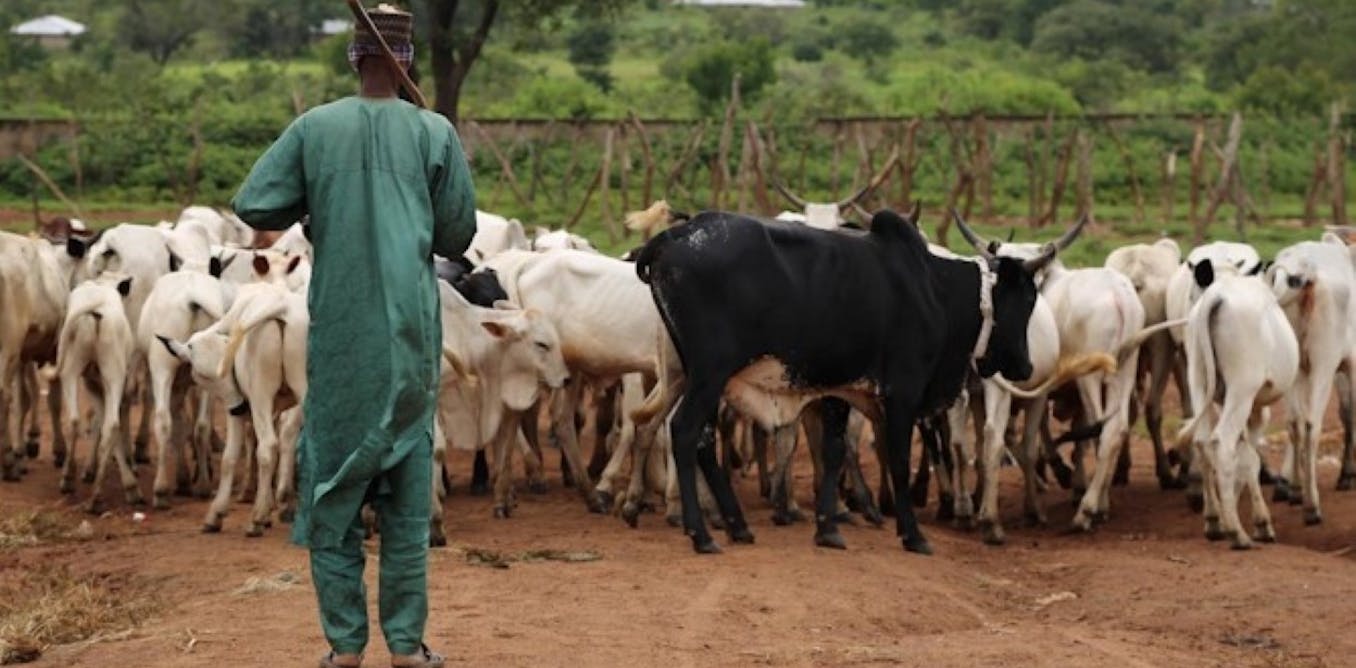
The atmosphere is warm, and warmer air can take more moisture, which hits a cold front and creates street flooding. Given the lack of interaction between the city and the MTA, you then get subway flooding, says @LamontEarth's Klaus Jacob. Via @THECITYNY. thecity.nyc/2025/07/15/sub…
Making the system more resilient is a multi-jurisdictional project, says @LamontEarth expert Klaus Jacob. "There's two different worlds that don't typically work very well—the city & the MTA. It needs fixing on the city side & the MTA side." Via @Curbed. curbed.com/article/flash-…
TODAY Jul 16! Join @ColumbiaClimate, @columbia_ncdp, @UNDRR (in-person/virtual) for Financing for Riskier Future. Explore how science, policy, academia can help bridge resilience financing divide with Kamal Kishore, @jeffschlegel, Lisa Dale, @wxpizza. ➡️ climate.columbia.edu/events/financi…

🌍 2 billion people live in countries where climate risks are high and access to finance is low. 🔺 65 most at-risk 'Red Zone' countries identified in the new @ColumbiaClimate Climate Finance Vulnerability Index 📊 Explore: ow.ly/pnvX50Wq1pM
New study by @LamontEarth's @d_westy, CCSR/NASA GISS' Larissa Narazenko & @tsigarid, and colleagues finds that cleanup of air pollution in East Asia has accelerated global warming b/c some forms have helped shade the Earth's surface from the sun's energy: news.climate.columbia.edu/2025/07/14/air…
